This is for those days when you don’t want a lot of dishes or prep work but still want a wholesome meal. It’s got tons of flavor, an easy glaze you’ll love, and I bet you have every ingredient you need on hand. (Okay, except probably the salmon. The… you know… main ingredient.)
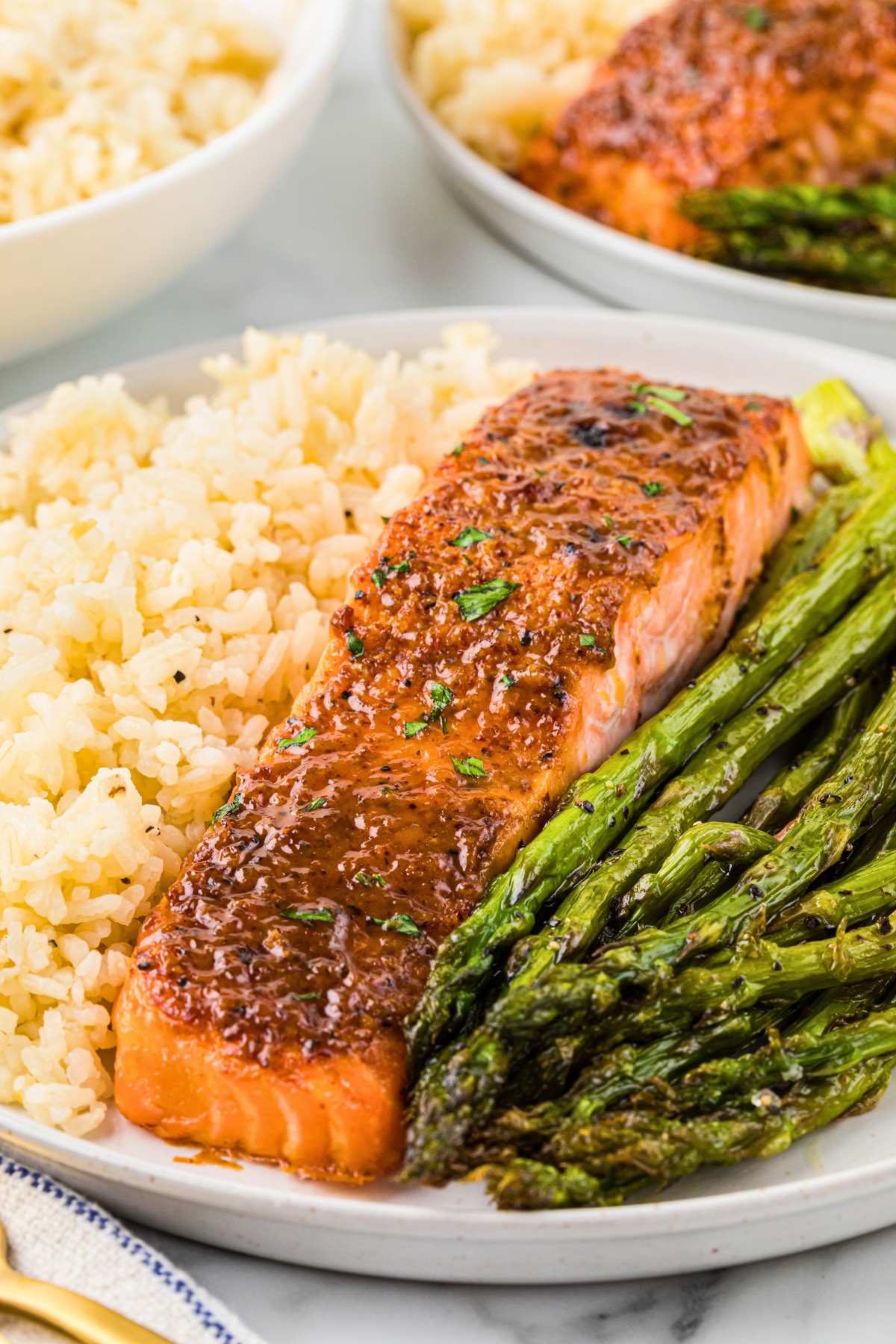
Make sure your broiler is preheated and your oven rack is positioned correctly so the salmon cooks evenly and gets that beautifully caramelized crust. This is one of the best easy dinner recipes that never feels boring.
Table of Contents
Ingredients and Tools You’ll Need
It’s best to use fresh salmon instead of frozen, which can sometimes release more moisture and affect the texture. But, if you only have frozen, make sure it’s completely thawed and pat it very dry before adding the glaze. Don’t skip the lemon zest! It brightens up the whole dish.
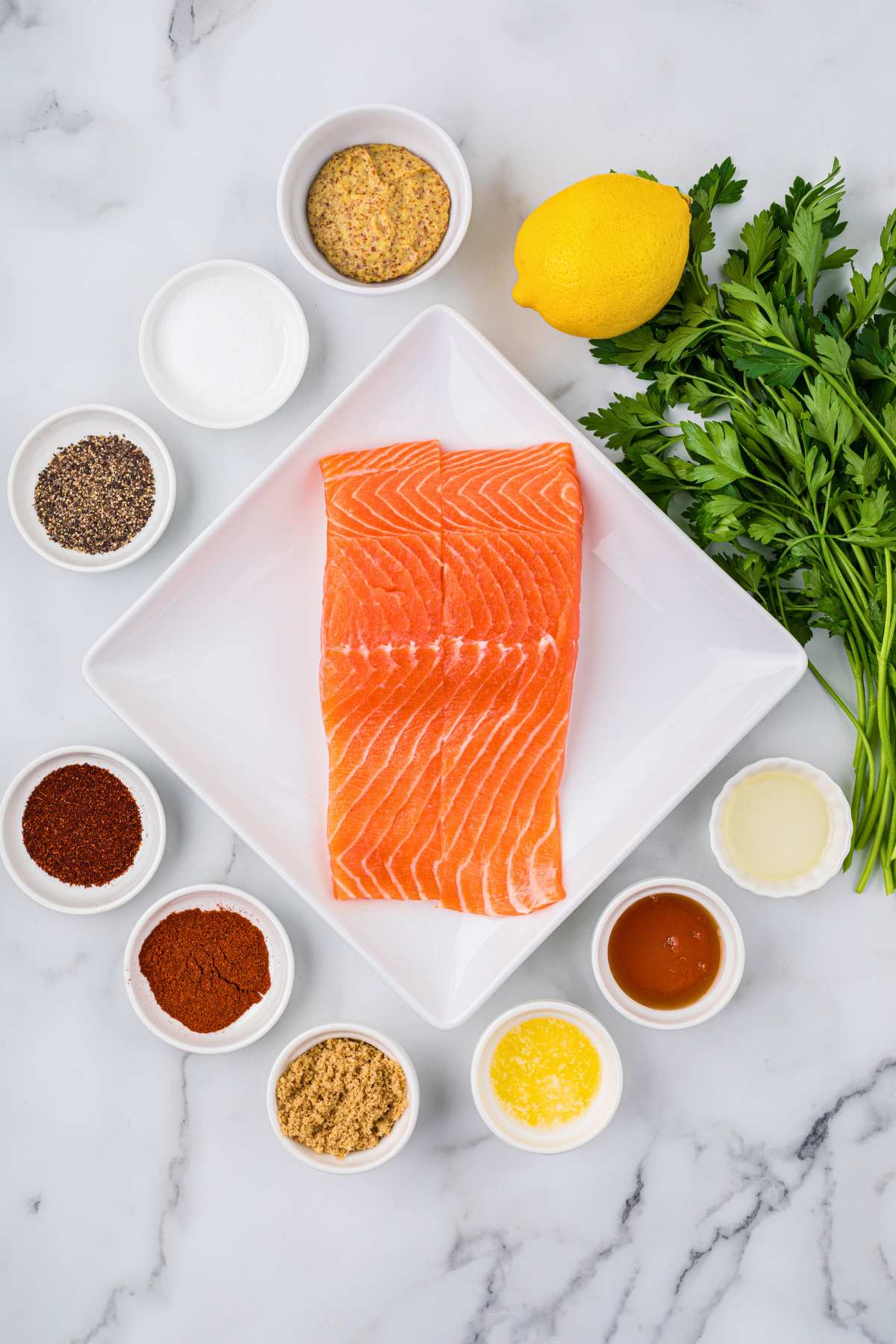
This makes 3 servings and is best eaten right away. If you’d like to double or triple this recipe, you can make adjustments in the recipe card at the bottom of this post.
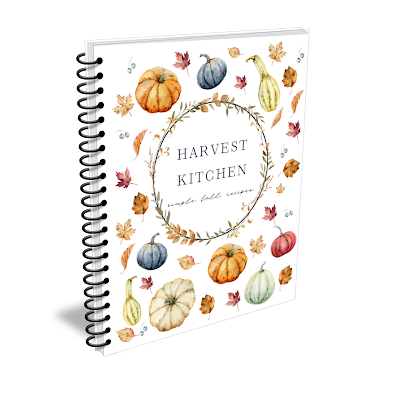
FREE FOR SUBSCRIBERS
Fall Harvest Cookbook
Subscribe (free!) to my newsletter to receive this PDF + dozens of others in my printable library. You’ll also get emails you’ll truly love, with a weekly meal and so much more.
Equipment
- Baking Sheet
- Aluminum foil (NOT parchment paper)
Ingredients
- 2 tablespoons canola oil
- 3 salmon boneless fillets skin on or skinless, 6 ounces each, about one inch thick
- 3 tablespoons Country Dijon mustard
- 2 tablespoons melted butter
- 2 tablespoons brown sugar
- 1 tablespoon honey
- ½ teaspoon paprika
- ½ teaspoon chili powder
- ½ teaspoon salt
- ½ teaspoon pepper
- ½ teaspoon lemon zest
- 1 tablespoon parsley chopped (optional for garnish)
How to Make Broiled Brown Sugar Salmon
Before adding the glaze, pat the salmon fillets dry with a paper towel. This helps the glaze stick better and creates a nice crust. If your salmon fillets are thicker than 1 inch, they may need a few extra minutes under the broiler. Use a meat thermometer to make sure they reach an internal temperature of 145°F.
Step One: Prep
Set your broiler to high and move the oven rack to the second position from the top, about 5 inches from the heat source. Line a baking sheet with aluminum foil and brush oil where you’ll place the salmon. Don’t use parchment paper – it’ll burn under the broiler.
Step Two: Make the Glaze
Mix the mustard, melted butter, brown sugar, honey, paprika, chili powder, salt, pepper, and lemon zest in a small bowl.

Step Three: Glaze the Salmon
Put the salmon on the prepared baking sheet and brush the mixture over each piece. You’ll probably have a bit left over.

Step Four: Broil
Broil for 8-11 minutes depending on thickness. Don’t flip the salmon – it cooks through without turning and flipping makes a mess with the glaze.

Step Five: Rest and Serve
Take it out and let it sit for 5 minutes. Remove the skin if you want and add parsley if you’re using it.
Serving & Storing
Serve this salmon with roasted asparagus, rice, a cucumber tomato salad, and herb and olive oil bread.
Leftover salmon can be stored in an airtight container in the fridge for up to 3 days.
The glaze can be made a day or two in advance and stored in the fridge. Just stir it well before brushing it on the salmon.
Questions and Troubleshooting
Absolutely! You can bake the salmon in a preheated oven at 400°F (200°C) for about 12-15 minutes or until cooked through. Remember that the glaze might not caramelize as much as it would under the broiler.
If the glaze starts to burn before the salmon is cooked, you can tent the baking sheet with foil to protect the top. You can also try moving the oven rack down a notch to reduce the heat.
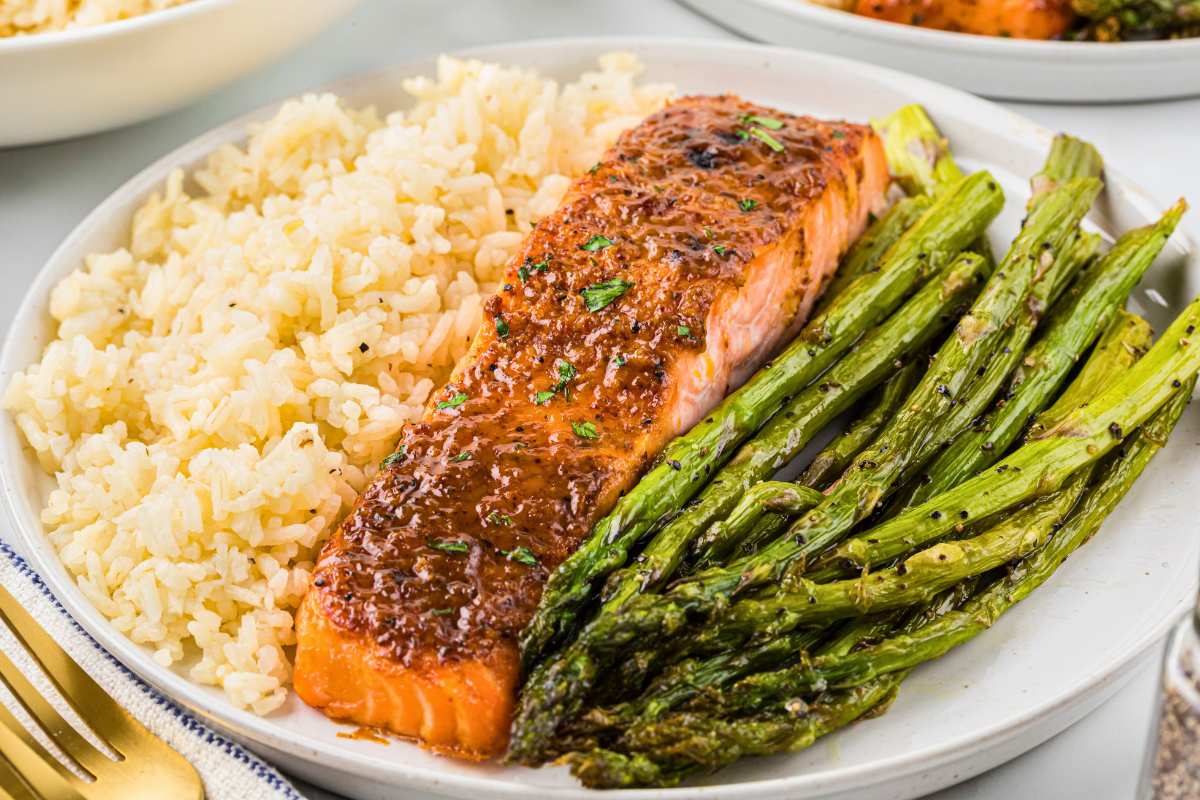
More Fish And Seafood Recipes
- Shrimp fajitas with chipotle crema are ready quickly without much chopping.
- This is my favorite tuna salad for putting on sandwiches, salads, or crackers.
- Shrimp Alfredo pasta is creamy but not too heavy.
Printable Recipe
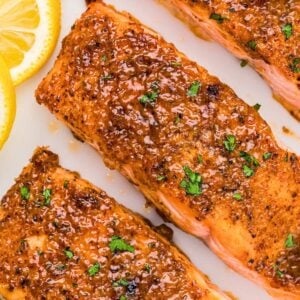
Broiled Brown Sugar Salmon
Equipment
- Baking Sheet
- Aluminum foil (NOT parchment paper)
Ingredients
- 2 tablespoons canola oil
- 3 salmon boneless fillets skin on or skinless, 6 ounces each, about one inch thick
- 3 tablespoons Country Dijon mustard
- 2 tablespoons melted butter
- 2 tablespoons brown sugar
- 1 tablespoon honey
- ½ teaspoon paprika
- ½ teaspoon chili powder
- ½ teaspoon salt
- ½ teaspoon pepper
- ½ teaspoon lemon zest
- 1 tablespoon parsley chopped (optional for garnish)
Save This Recipe
You'll join my email list which you will love. And if you don't, unsubscribe in one click. ❤️
Instructions
- Preheat broiler. Place an oven rack in the second position from the top if you have five rack positions in your oven, about 5 inches from the broiler. Preheat the broiler. Broilers generally preheat to about 500℉.
- Prepare baking sheet. Line a baking sheet with aluminum foil and lightly brush with oil where you will place the salmon.
- Make glaze mixture. Whisk together the mustard, melted butter, brown sugar, honey, paprika, chili powder, salt, pepper, and lemon zest in a small bowl.
- Brush mixture over salmon. Place salmon portions on the prepared baking sheet. Brush the mixture evenly over each salmon portion. If you use three salmon portions, you may have a little leftover glaze.
- Broil. Place the baking sheet in the oven on the oven rack in the second position and broil the salmon for 8-11 minutes based on the thickness of the salmon and the desired doneness.
- Rest and garnish. Carefully remove from the oven, and let the fish rest for 5 minutes. The fish will continue to cook slightly. Remove the skin before serving if desired. Garnish with chopped parsley and serve immediately.
Notes
Nutrition
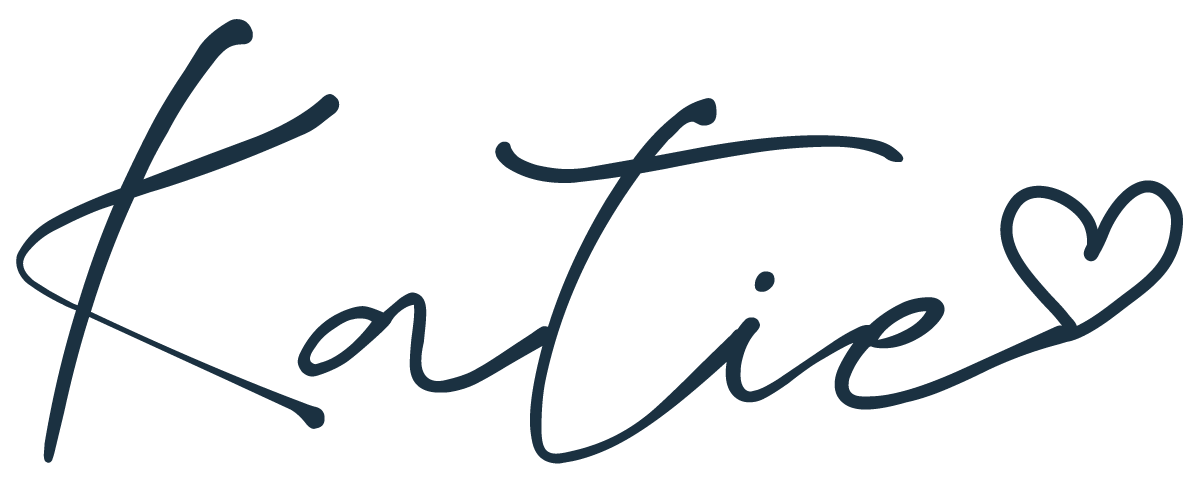

More to Explore
Simple Homemade Marinara
How to Make Garlic Powder in a Dehydrator
Homemade Spiced Apple Rings (For Canning)
Red Hot Cinnamon Pickles (Canning Recipe)